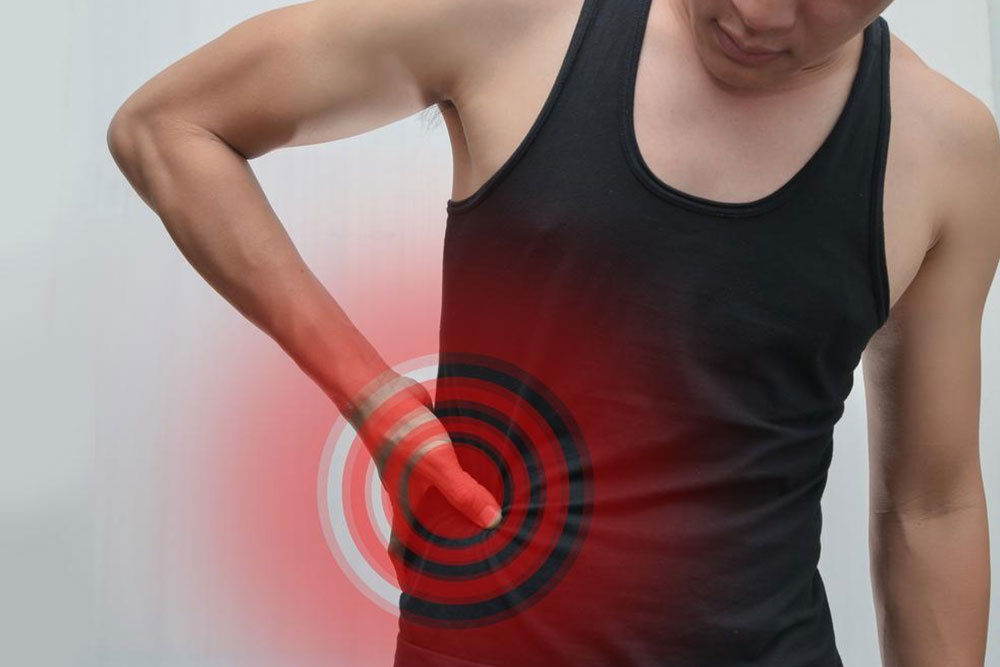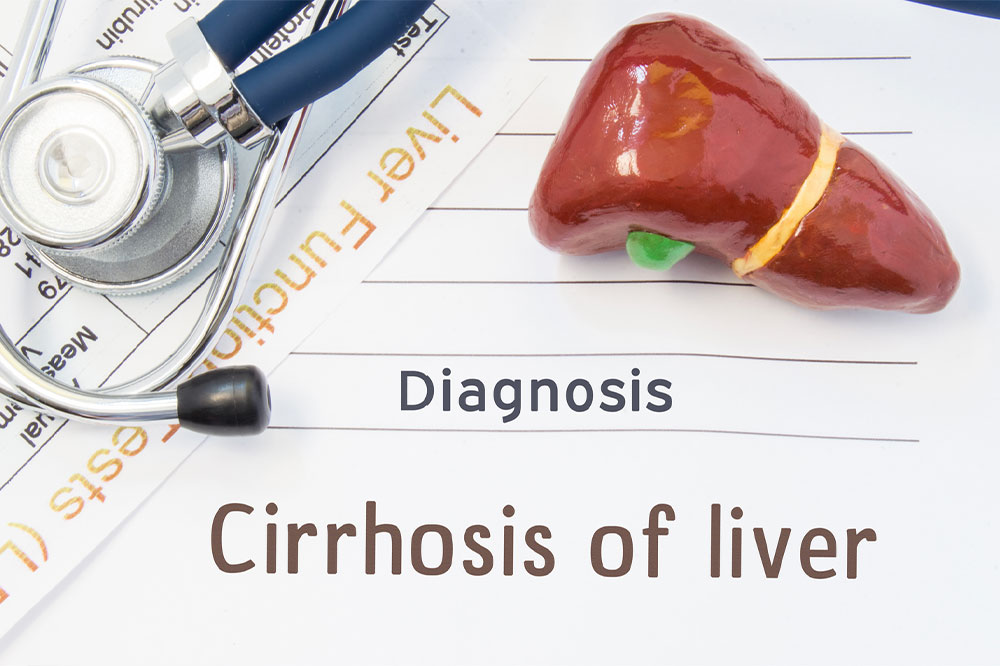Comprehensive Guide to Recognizing Early Signs of Liver Damage and Disease
This comprehensive article covers the vital indicators of liver injury, including common symptoms like jaundice, abdominal pain, and fatigue. It details causes such as hepatitis, alcohol abuse, and fatty liver disease, emphasizing the importance of early detection for effective treatment. With thorough insights on specific liver conditions and their symptoms, the guide helps readers understand how to recognize signs of liver damage early, promoting proactive health management and potential prevention of serious liver diseases.

Understanding the Key Indicators of Liver Injury and Disease
The liver is one of the most vital organs in the human body, situated on the right side beneath the rib cage. It is not only the largest internal organ but also a crucial gland responsible for a multitude of metabolic processes. Its primary functions include producing bile to facilitate fat digestion, detoxifying harmful substances ingested or accumulated in the body, regulating blood clotting, storing essential nutrients, and supporting overall metabolic harmony. Due to its extensive roles, any impairment to liver health can have widespread consequences, making early detection of liver injury essential for effective treatment and improved prognosis.
The gallbladder, positioned just beneath the liver, plays a supporting role by storing and concentrating bile produced by the liver. Together, these organs are integral to gastrointestinal health. The liver's vulnerability stems from its exposure to various toxic substances, viruses, and lifestyle factors that can induce disease states such as hepatitis, fatty liver disease, cirrhosis, and even liver failure. Some of these conditions, if left untreated, can progress rapidly, highlighting the importance of recognizing early warning signs of liver injury.
Common causes of liver-related problems include viral infections, primarily hepatitis A, B, and C, which cause inflammation and can result in both acute and chronic hepatic conditions. These infections often spread through contaminated food, water, or blood contact. Chronic hepatitis B and C infections are major risk factors for cirrhosis and liver cancer globally. Lifestyle choices such as excessive alcohol consumption significantly contribute to alcohol-related liver diseases, including fatty liver, alcoholic hepatitis, and cirrhosis. Additionally, metabolic disorders like obesity and insulin resistance can lead to non-alcoholic fatty liver disease, increasingly recognized as a major public health concern.
Recognizing symptoms early is crucial for preventing the progression of liver damage. Many signs manifest before irreversible damage occurs, serving as vital diagnostic clues. Patients should be aware of these symptoms to seek timely medical evaluation and intervention.
Common early indicators of liver injury include:
Nausea and vomiting: These are frequent initial signs, often accompanied by fatigue and a general feeling of malaise. Such symptoms may reflect the liver's impaired ability to process toxins and nutrients properly.
Right upper abdominal discomfort: Discomfort or pain in the right upper quadrant results from stretching of the liver capsule or inflammation. Persistent pain can worsen if liver damage progresses.
Unexplained weight loss and loss of appetite: These symptoms can occur due to metabolic disturbances caused by liver dysfunction, affecting nutrient absorption and processing.
Jaundice: The yellowing of skin and the sclera (white of the eyes) due to bilirubin accumulation is a hallmark sign. It may also cause itching and dark urine, indicating impaired bilirubin clearance.
Swelling and fluid retention: Edema in the ankles, feet, or abdominal cavity (ascites) can occur as a consequence of decreased albumin production and portal hypertension.
Different liver conditions have distinctive symptoms, aiding physicians in diagnosis:
Gilbert's syndrome: Often mild and benign, characterized by intermittent mild jaundice without other significant symptoms.
Cirrhosis: Advanced scarring of the liver can lead to easy bruising, bleeding tendencies, hormonal imbalances such as gynecomastia in men, impotence, and testicular shrinkage. Cognitive disturbances like confusion, lethargy, and coma can result from hepatic encephalopathy caused by high ammonia levels.
Vascular disorders like Budd-Chiari syndrome: Blockage of hepatic veins causes severe abdominal pain, hepatomegaly (enlarged liver), ascites, and sometimes life-threatening complications.
Autoimmune liver diseases: Conditions such as primary biliary cholangitis damage bile ducts, leading to impaired bile flow, scarring, and cholestasis.
Hepatomegaly: A condition characterized by enlarged liver, which can be caused by infections, tumors, or fatty infiltration, diagnosed through physical examination and imaging.
Polycystic liver disease: A genetic disorder where cysts develop in the liver, disrupting normal function over time.
Gallstones: Hard deposits formed in the gallbladder that can obstruct bile flow, leading to right upper quadrant pain, infection (cholecystitis), fever, and post-meal vomiting.
Early detection of liver injury relies heavily on recognizing warning signs like jaundice, pale stools, abdominal pain, and unusual swelling. Immediate medical consultation can facilitate diagnosis with blood tests, imaging, and biopsy, enabling early intervention to prevent irreversible damage. Lifestyle modifications, medical treatments, and, in advanced cases, liver transplantation might be necessary based on the severity and underlying cause.
Maintaining liver health through regular check-ups, avoiding excessive alcohol, practicing safe hygiene to prevent hepatitis infections, and managing metabolic risk factors can significantly reduce the incidence of liver disease. Awareness and prompt action are keys to preserving this vital organ’s function and ensuring long-term health.





